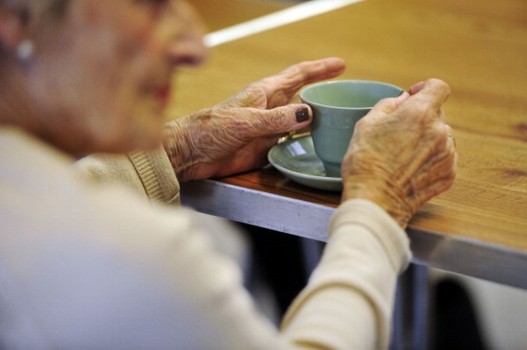According the Centers for Disease Control and Prevention (CDC), one-third of all Americans over 65 are injured in falls each year. Among this group, 20 percent to 30 percent suffer moderate to severe injuries such as lacerations, hip fractures, and head trauma.
Even though these injuries can make it hard to get around or live independently, a survey by the AARP revealed that 90 percent of senior citizens wanted to stay in their own homes as they age. In addition 82 percent said they would prefer to remain in their own homes even if they required day-to-day assistance or ongoing healthcare treatment.
With Baby Boomers adding large numbers to the older population of America, and with life expectancy vastly improved, both the elderly and their loved ones are increasingly faced with the challenge of ensuring the wish to “age in place” can be a safe reality. To be sure, dealing with such limitations as reduced eyesight, restricted mobility, poor balance and in some instances, diminished mental capacity, can seem overwhelming.
To help overcome some of these obstacles to allowing seniors to remain at home, Agingcare recommends a thorough room-by-room assessment, taking into consideration current and future needs. Easy-to-accomplish changes include removing all areas rugs to prevent the risk of slipping, installing a seat in the shower, adding a hand-held shower head and grab bar, and placing an elevated toilet seat with railings over the installed seat to make sitting down and getting up safer and more comfortable.
Agingcare.com also suggests considering these low-cost measures to make seniors’ homes safer:
Install hand rails on both sides of indoor and outdoor steps.
Install C- or D-shaped handles instead of knobs on all drawers and cabinet doors for easy grasping.
Provide better illumination with brighter light bulbs that don’t produce excessive glare.
Ensure floors are dull rather than high-gloss or waxed to reduce the risk of slipping.
Make sure handrails and grab bars are strong enough to support the full weight of a falling person.
Place a bench near entrances for resting or placing packages.
Install closet lights and adjustable, pull-down rods and shelves for easy access.
Install a phone in the bathroom.
Install photosensitive night lights in the bathroom and other frequently used rooms.
Make sure all faucet handles are clearly marked for hot and cold water.
Install an anti-scald valve in the shower.
No one likes to contemplate being unable to carry out the day-to-day activities that let us remain in our homes as we grow old. However, taking advance steps to eliminate potential hazards now can make a big difference in our ability to live out our lives where we and our loved ones choose despite inevitable physical limitations.








